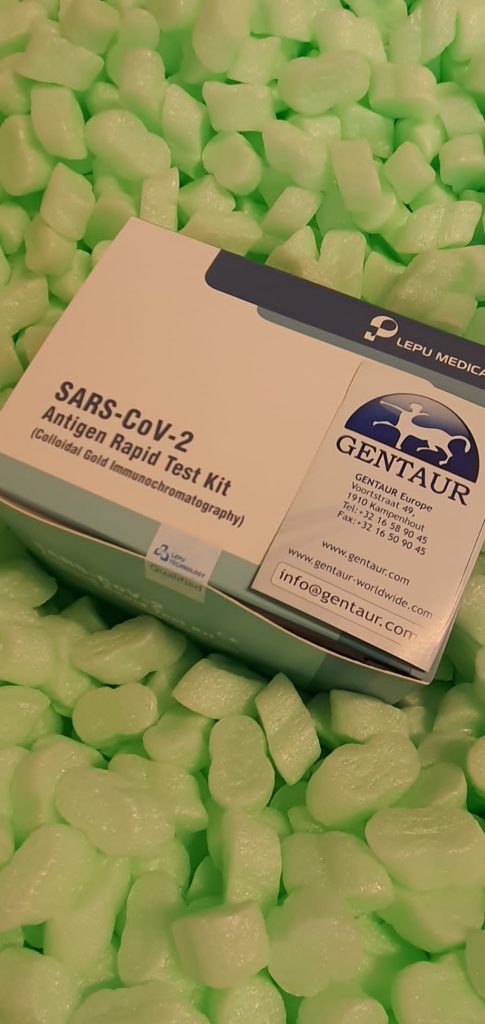The molecular mechanisms underlying chordoma pathogenesis are unknown. We due to this fact sought to determine novel mutations to higher perceive chordoma biology and to doubtlessly determine therapeutic targets. Given the comparatively excessive prices of entire genome sequencing, we carried out a centered genetic evaluation utilizing matrix-assisted laser desorption/ionization-time of flight mass spectrometer (Sequenom iPLEX genotyping).
We examined 865 hotspot mutations in 111 oncogenes and chosen tumor suppressor genes (OncoMap v. 3.0) of 45 human chordoma tumor samples. Of the analyzed samples, seven had been recognized with no less than one mutation. Six of these had been from contemporary frozen samples, and one was from a paraffin embedded pattern. These observations had been validated utilizing an impartial platform utilizing homogeneous mass prolong MALDI-TOF, and SMARCB1 (R40*).
This research experiences on the biggest complete mutational evaluation of chordomas carried out so far. To concentrate on mutations which have the best likelihood of medical relevance, we examined solely oncogenes and tumor suppressor genes which have been beforehand implicated in the tumorigenesis of extra widespread malignancies. We recognized uncommon genetic adjustments which will have practical significance to the underlying biology and potential therapeutics for chordomas. Mutations in CDKN2A and PTEN occurred in areas of chromosomal copy loss.
When this information is paired with the research displaying 18 of 21 chordoma samples displaying copy loss on the locus for CDKN2A, 17 of 21 chordoma samples displaying copy loss at PTEN, and 3 of 4 chordoma samples displaying deletion on the SMARCB1 locus, we are able to infer {that a} loss of heterozygosity at these three loci could play a big position in chordoma pathogenesis. In transfusion medication, red-cell genotyping can overcome the restrictions of hemagglutination. It have to be used solely in conditions the place it offers a profit both for the affected person or useful resource administration. For implementation of acceptable transfusional practices, this method requires a sound information of the genetic traits of blood teams and clinically related variants. It additionally requires competency with molecular biology instruments and constantly up to date scientific information.
Molecular epidemiology, phylogeny and evolution of the filarial nematode Wuchereria bancrofti.
Wuchereria bancrofti (Wb) is essentially the most broadly distributed of the three nematodes recognized to trigger lymphatic filariasis (LF), the opposite two being Brugia malayi and Brugia timori. Current instruments accessible to watch LF are restricted to diagnostic checks focusing on DNA repeats, filarial antigens, and anti-filarial antibodies. While these instruments are helpful for detection and surveillance, elimination packages have but to take full benefit of molecular typing for inferring an infection historical past, pressure fingerprinting, and evolution.
To date, molecular typing approaches have included entire mitochondrial genomes, genotyping, focused sequencing, and random amplified polymorphic DNA (RAPDs). These research have revealed a lot about Wb biology. For instance, in one research in Papua New Guinea researchers recognized 5 main strains that had been widespread and many minor strains some of which exhibit geographic stratification. Genome information, whereas uncommon, has been utilized to reconstruct evolutionary relationships amongst taxa of the Onchocercidae (the clade of filarial nematodes) and determine gene synteny.
Their phylogeny reveals that speciation from the widespread ancestor of each B. malayi and Wb occurred round 5-6 tens of millions years in the past with shared ancestry to different filarial nematodes as latest as 15 million years in the past. These discoveries maintain promise for gene discovery and figuring out drug targets in species which are extra amenable to in vivo experiments. Continued technological developments in entire genome sequencing and information evaluation will doubtless change many different kinds of molecular typing, multiplying the quantity of information accessible on inhabitants construction, genetic variety, and phylogenetics.
Once broadly accessible, the addition of inhabitants genetic information from genomic research ought to hasten the elimination of LF parasites like Wb. Infectious illness management packages have benefited tremendously from inhabitants genetics information and just lately from inhabitants genomics information. However, whereas there may be presently a surplus of information for ailments like malaria and HIV, there’s a shortage of this information for filarial nematodes. With the falling price of genome sequencing, analysis on filarial nematodes may gain advantage from the addition of inhabitants genetics statistics and phylogenetics particularly in coping with elimination packages. A complete evaluate specializing in inhabitants genetics of filarial nematode doesn’t but exist.
Here our objective is to offer a present overview of the molecular epidemiology of W. bancrofti (Wb) the first causative agent of LF. We start by reviewing research using molecular typing methods with particular concentrate on genomic and inhabitants datasets. Next, we used entire mitochondrial genome information to assemble a phylogeny and look at the evolutionary historical past of the Onchocercidae. Then, we offer a perspective to assist in understanding how inhabitants genetic methods translate to trendy epidemiology. Finally, we introduce the idea of genomic epidemiology and present some examples that may assist in future research of Wb.

Novel syngeneic mouse mammary carcinoma cell strains from aggressive ErbB2/Neu-overexpressing/PTEN-deficient tumors.
Breast most cancers cell strains and mouse fashions are beneficial instruments for investigating the biology of and creating potential therapeutics for human breast carcinoma. The PTEN-/-/NIC mouse is a genetically engineered mouse model strain for ErbB2/Neu-overexpressing/‑PTEN poor breast carcinoma with histopathological and molecular options related to the luminal subtype of major human breast most cancers. However, the PTEN-/-/NIC mannequin develops multifocal and aggressive mammary tumors with a brief life-span, which tremendously impedes its preclinical utilization.
[Linking template=”default” type=”products” search=”Acetic Acid Glacial for molecular biology” header=”2″ limit=”178″ start=”2″ showCatalogNumber=”true” showSize=”true” showSupplier=”true” showPrice=”true” showDescription=”true” showAdditionalInformation=”true” showImage=”true” showSchemaMarkup=”true” imageWidth=”” imageHeight=””]
To complement the genetic engineering strategy and to facilitate the long run utility of this mannequin, in the current research, two newly established cell strains, NICP20 and NICP21, from PTEN-/-/NIC mammary tumors are described. These NICP20 and NICP21 cells retained the essential molecular phenotype much like the origin, as confirmed by genotyping and western blot evaluation. These cells induced tumors in immunocompetent syngeneic mice by mammary fats pad injection and produced lung metastasis when injected intravenously.

